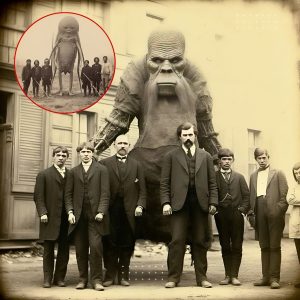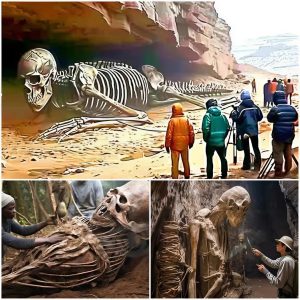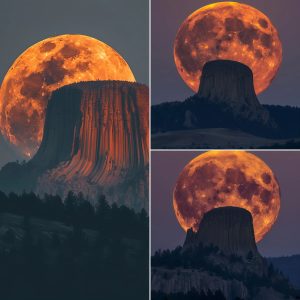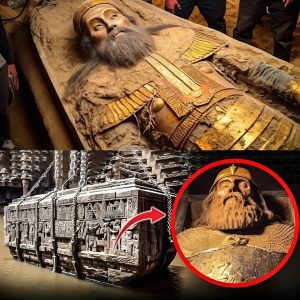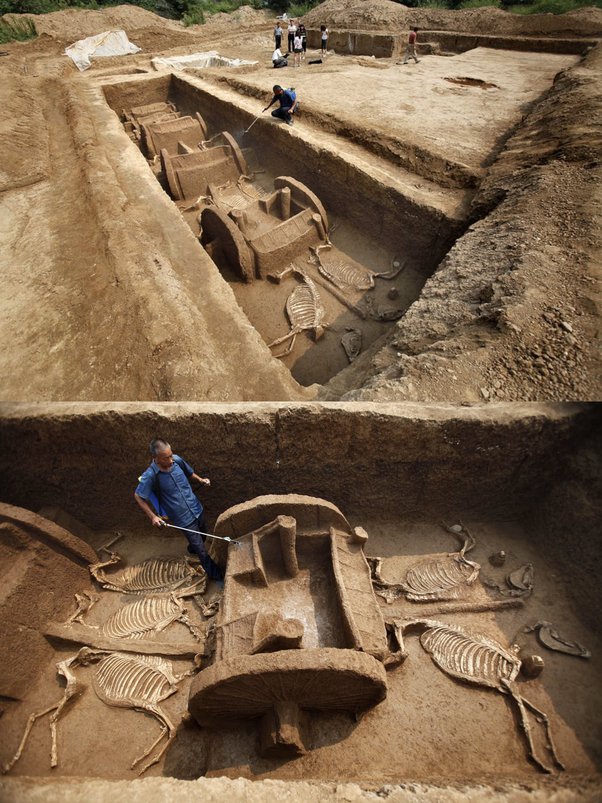
Echoes from the Eastern Zhou Dynasty
In the heart of Luoyang, a city steeped in the grandeur of ancient China, a discovery in 2011 sent waves through the archaeological community and beyond. Five chariots accompanied by twelve equine skeletons were found in a tomb that whispered tales from the Eastern Zhou dynasty. This period, over two and a half millennia ago, was known for its cultural flourishes and political turmoil, a time when China was coalescing into a unified powerhouse under Heaven. The tomb, a time capsule of sorts, offered a rare glimpse into the funerary customs and the enigmatic beliefs that propelled a civilization to send off their deceased with such grand accompaniments.
The Charioteers of the Afterlife
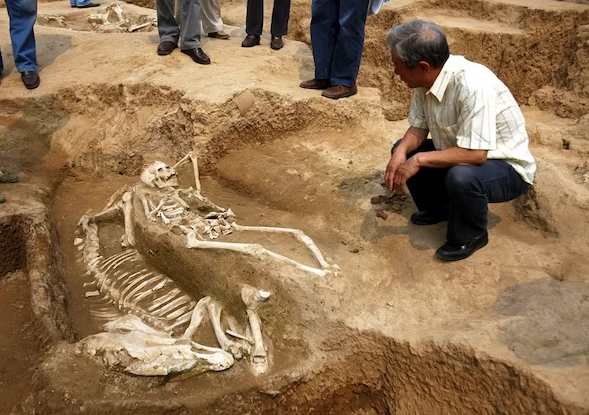
The excavation revealed more than just remnants; it unveiled a narrative. The chariots, grand and stately, were likely designed for the elite, possibly for nobility or even royalty. The horses, arranged in pairs, were positioned as if ready to burst forth at their master’s command. The presence of these chariots in the burial site was not merely for show—it symbolized a journey. In Chinese cosmology, the afterlife was a continuation of the terrestrial journey, and what better way to traverse the realms than with the status symbols of one’s earthly life?
The meticulous placement of the chariots and the horses pointed to a belief system that revered the afterlife’s traverse as much as the life left behind. Each artifact, from the bridles to the wheels of the chariots, was a piece of a puzzle that painted a picture of the Eastern Zhou dynasty’s life. The chariots bore the craftsmanship and artistic details that reflected the era’s sophistication, a testament to the technical and aesthetic prowess that Chinese culture had achieved.
Ending: The Mystery of Ancient Rites and Cosmic Wonders
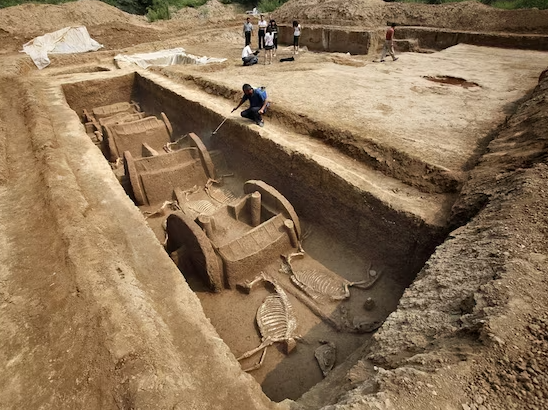
While the discovery offered a wealth of historical insight, it also sowed seeds of mystery. Why were these chariots chosen to accompany the dead? Was it a mere symbol of status, or did it suggest a more profound connection between the rulers and the divine chariots of the heavens? This question becomes even more intriguing in the context of numerous ancient cultures that have chariot-related mythology, with divine beings descending from the stars.
Moreover, the unearthed site’s proximity to the supposed UFO sightings across China over the years adds layers of enigmatic possibilities. Could there be a forgotten link between these ancient burial rites and the otherworldly phenomena that continue to capture our imagination? While there is no concrete evidence to connect the two, the parallels in the symbolism of chariots in ancient texts and the modern portrayal of UFOs are compelling.
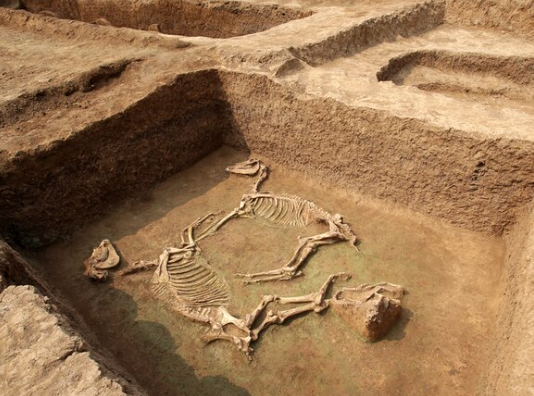
As the lines between archaeology and mythology blur, the findings in Luoyang serve as a reminder of our ancestors’ complex beliefs and the enduring human fascination with the skies. Whether interpreted through the lens of historical tradition or the speculative gaze towards extraterrestrial life, the chariots and horses of Luoyang stand as an emblem of humanity’s quest to understand the great beyond. And so, as we delve deeper into the past, we may find that the answers we seek about our future and our place in the cosmos have been with us all along, etched in the relics and stories of ancient civilizations.
